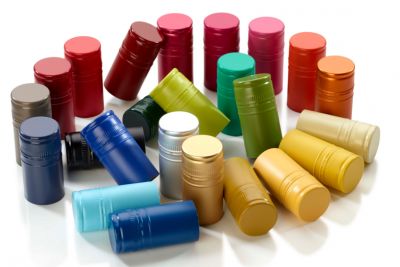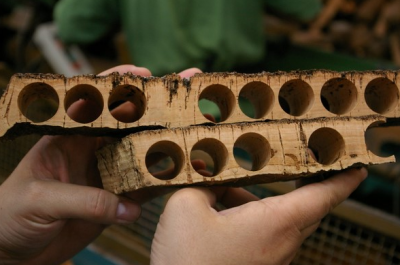Feeling like a horse kicked you in the head every time you drink wine can be an absolute bummer for you and can keep you from imbibing in the glories of wine with food!
Stay tuned; we have a fix!

Loading Up on the Clear Stuff
Simply put, the #1 most common mistake that wine drinkers make (and I’m guilty of it too) is the lack of basic hydration. It’s so simple to get caught up in the pleasures of the food, wine and conversation that you just plain forget about drinking water. I mean you’re already drinking something, right?
Here at Wine Factor we find ourselves around a lot of Somms, winemakers and wine people in-the-know. What they have taught us is to start with a full glass of water before opening a bottle, and keep a glass handy. Make a habit of matching one glass of water with each glass of wine. Asking for a pitcher of the clear stuff to leave at the table is always a good idea as a reminder to “go-in”.
Stay Away from Sugary Foods
Yup, I know, people hate to hear this one, but alcohol combined
with sugar is great only in adding bubbles to Champagne at the end of
fermentation. Adding alcohol to sugary foods will give you the “pain” without
the “Cham”!
Sulfites in Wine Gives Me a Headache??

Nope, you gotta blame it on something else. Wine has natural sulfites within the skin of the grape. It is also used as a sterilizer, used all the way back to the ancients. A high amount of sulfites in wine is usually between 300 and 400ppm where the average is less than 225ppm. Dried fruit can have over 1000-1500 ppm in equal content! I don’t know about you, but we have never heard of anyone getting a headache from eating a box of raisins. Less than 1% of Americans actually have an allergic reaction to sulfites. That’s less than the lactate intolerant, wheat intolerant, Gluten intolerant, work intolerant….you get the picture. But because a very small percentage of the populous is allergic to sulfites it’s the law to state that the wine “Contains Sulfites” somewhere on the label.
A saying I used to always use from W C Fields was, when asked if he would like a glass of water, his reply was “Water….. I will only bath in the stuff, my dear”.
Well, a saying I used to use.
We invite you to become a quality Pinot Noir wine aficionado! Unlike wineries’ wine clubs where you get their wines on both good years and bad, at Wine Factor’s wine club we only buy from the good years, and have the resources to skip those that don’t measure up! And you get the added opportunity to try a “huge spectrum of terroir” as you try Pinot Noirs from many different regions. The Wine Factor Wine Club alternative! Join now – call 619-778-5187!


 The Italian classifications uphold very high, strict standards for the DOCG wines in Italy, including Barbarescos. Many believe they are the best value for high quality wines from the old world today. We could talk about the savory food, welcoming people, and the beauty of the ancient towns everywhere in Piedmont, but it is truly the wines that are most amazing.
The Italian classifications uphold very high, strict standards for the DOCG wines in Italy, including Barbarescos. Many believe they are the best value for high quality wines from the old world today. We could talk about the savory food, welcoming people, and the beauty of the ancient towns everywhere in Piedmont, but it is truly the wines that are most amazing.






![Thanksgiving-Wine-Wallpapers[1]](https://blog.winefactor.com/assets/Thanksgiving-Wine-Wallpapers1.jpg)